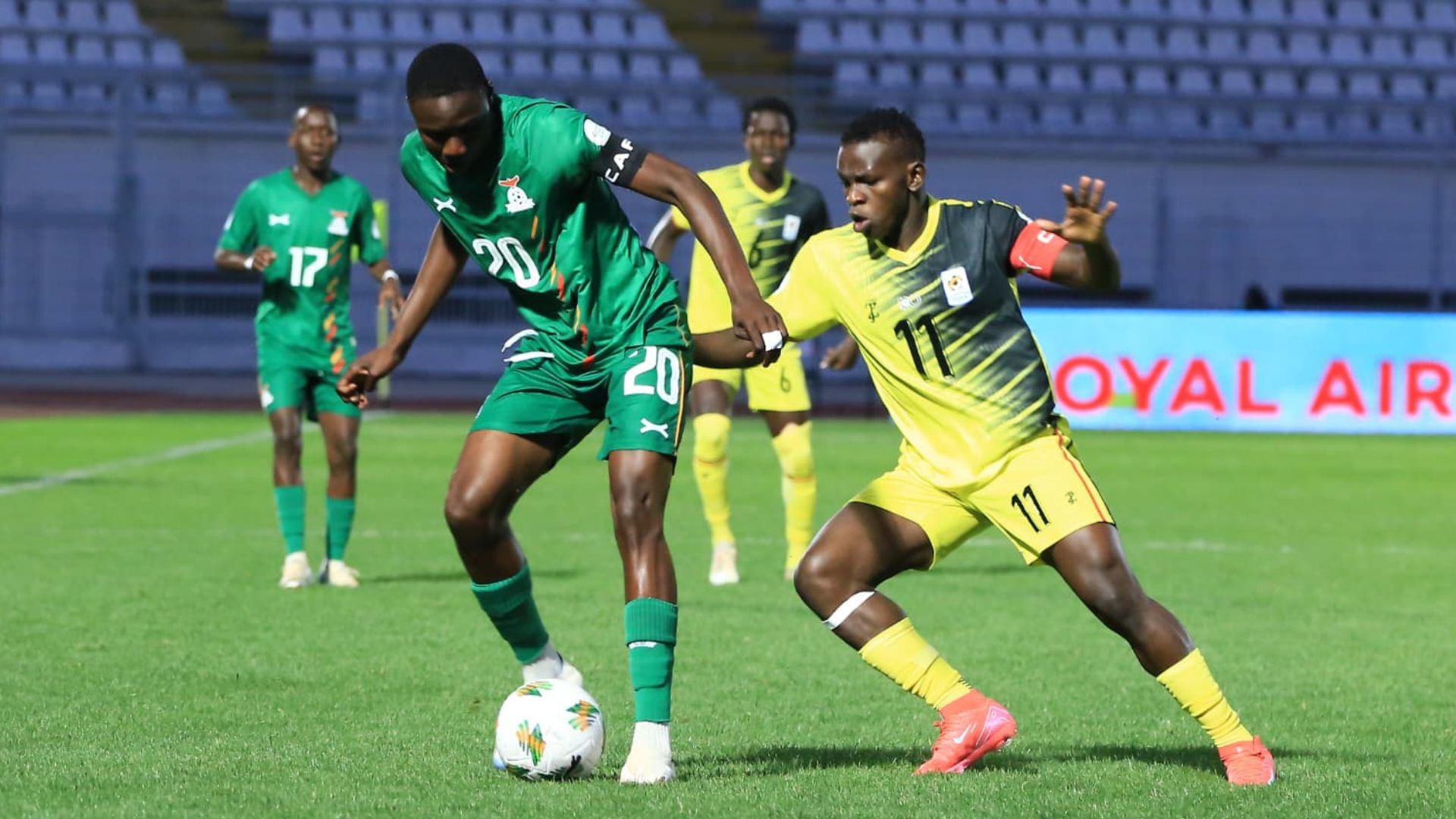For any young player taking part in the U17 Africa Cup of Nations, the dream is simple: help their nation qualify for the FIFA U17 World Cup and get a shot at glory on the world stage.Follow our WhatsApp channel for more newsSince its inception in 1985, the FIFA U17 World Cup has served as a launchpad for numerous future stars. Cesc Fàbregas, who dazzled in both LaLiga and the Premier League, first introduced himself to global audiences in this tournament. Ronaldinho, Luís Figo, Toni Kroos, and Phil Foden—now a mainstay at Manchester City—also showcased their talent on this platform. Michael Olunga receives strong backing from coach McCarthyAfrica has its own heroes too, such as John Obi Mikel, who used the tournament to earn a move to Europe, eventually winning both the UEFA Champions League and the English Premier League.Heading into their final group game, Uganda, champions of the CECAFA zone under coach Brian Ssenyondo, aimed to secure a spot in the upcoming FIFA U17 World Cup in Qatar by reaching the semifinals of the current U17 AFCON tourney. Standing in their way was Ian Bakala’s Zambia, who shared the same ambition. In the end, Zambia emerged victorious, edging Uganda 2-1 in a closely contested clash at Stade Larbi Zaouli in Casablanca, Morocco.##NAJAVA_MECA_8842314##Uganda’s tactical identity throughout the tournament was direct football with an emphasis on wing play, and this match was no exception. Ssenyondo deployed a 4-2-3-1 formation, with Adrian Mukwanga in goal. Brian Owino and Elvis Torach occupied the fullback positions while Steven Oyirwoth and Hamuza Sengooba formed the central defensive partnership. Joseph Langol and Ashraf Kyakuwa operated as a double pivot in midfield, with Isima Mulala Magala pulling strings as the No. 10. Richard Okello and James Bogere flanked Simon Wanyama up front.Two FKF NEC members facing dismissal for interfering with mandates of respective branchesUganda started on the front foot, using Bogere and Okello on the flanks to stretch Zambia’s defense. The two constantly tested Zambian fullbacks Andrew Mwape and Jonathan Kalimina, offering cutbacks and dangerous runs to feed the midfielders surging forward. Magala excelled in the half-spaces, creating central overloads to support attacks. While Langol anchored the midfield, Kyakuwa pushed forward to provide an extra body in the final third.However, Uganda’s attacking momentum came at a price. Their high defensive line and numbers committed forward left them exposed on the counter. With fullbacks pushing up and minimal counter-pressing, Zambia capitalized. ##NAJAVA_MECA_8842526##Wingers Kelvin Mulenga and Mapalo Simute led devastating transitions, making incisive outside-in runs into the vacated spaces behind Uganda’s defense.It was this dynamic duo that crafted Zambia’s opening goal. Simute slipped a ball behind Uganda’s backline, and a deflection fell kindly to Mulenga, who reacted quickest to slot past Mukwanga. Despite being against the run of play, Zambia took a 1-0 lead into halftime.Ssenyondo responded with a tactical adjustment after the break, bringing on Travor Mubiru for Langol. Okello shifted into midfield, and Torach was pushed up to right wing. McCarthy asks authorities to go after all individuals linked with Matasi’s alleged match-fixingThe tweak paid immediate dividends—just four minutes into the second half, Bogere switched play with a long diagonal to Torach, who brought it down beautifully and fired past Rogers Simumba at the near post for the equalizer.Uganda continued to dominate down the flanks. Okello, now operating in the right half-space, created overloads that troubled Zambia’s compact setup. In response, coach Bakala made a bold move—substituting attacking midfielder Nthasilwe Mulapande and winger Mulenga for Robert Banda and Billy Daka. With this, Zambia switched from a 4-2-3-1 to a 4-4-2.##NAJAVA_MECA_8844700##The decision raised eyebrows, given Uganda’s pressure, but it proved decisive. In the 86th minute, Daka picked up the ball outside the area and struck a fine finish to restore Zambia’s lead and all but end Uganda’s hopes.Zambia held on for the win, booking a quarterfinal clash with Burkina Faso. Uganda, meanwhile, must now wait to see if they will get a second chance by playing a third-place team for a final ticket to the FIFA U17 World Cup.Here is a fitting conclusion added to wrap up the analysis and connect the tactical breakdown with the bigger picture:KCB Coach identifies one key area to improve after Gor Mahia lossConclusionThe clash between Uganda and Zambia was more than just a group-stage fixture—it was a microcosm of youth football’s raw promise and unforgiving nature. Uganda’s attacking intent, tactical fluidity, and fearless wing play showcased a team with heart and potential. Yet, as is often the case at this level, small lapses in defensive structure proved costly. For Zambia, it was a lesson in resilience and timely execution, capitalizing on key moments to tilt the game in their favor.As the tournament progresses, both teams will carry vital lessons. For Zambia, the quarterfinals offer a platform to refine their approach and test their mettle against tougher opponents. For Uganda, the journey is not over yet—a possible second chance looms, and with it, a shot at redemption and a ticket to Qatar.##NAJAVA_MECA_8844709##In tournaments like these, it is not just about the scoreline—it is about growth, learning, and the seeds of greatness being sown.

